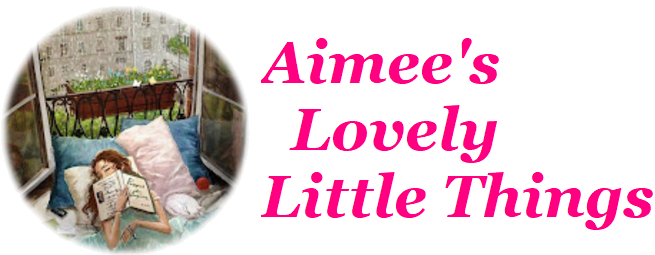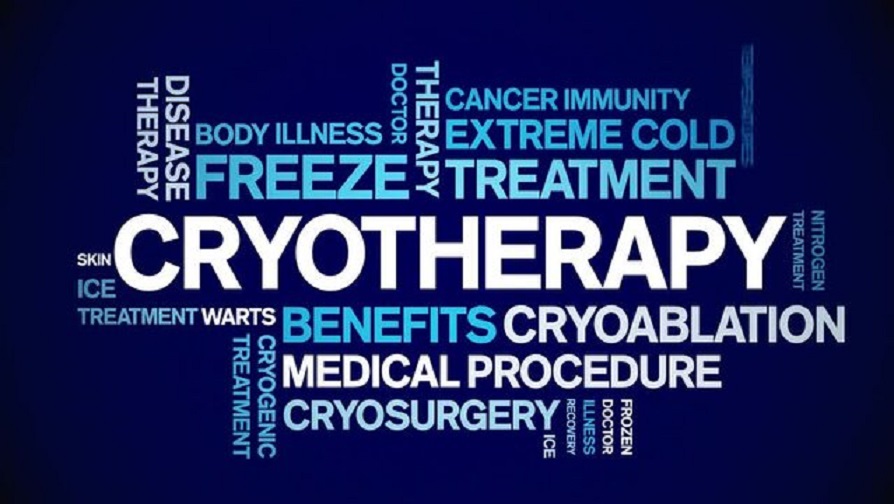A couple of days ago, I wrote about Spironolactone – a super drug for the treatment of acne. This is not the end of the acne fighting struggle: Spironolactone is not effective in curing stubborn acne that has already formed, and cannot help remove thick tissues that sometimes form in areas where the pimples once were. In rare cases, the thick tissue may take the form of a small keloid. It should not happen frequently but is extremely frustrating when it does: the keloid may have a rubbery texture and may be darker in color than the surrounding skin. It would be a painful reminder of what was there and has not completely vanished.
This happened to me several times when I still had some stubborn acne that did not heal easily on its own. My dermatologist in Hong Kong (last named Yip, whom, last time I checked, is still working) performed cryosurgery on the keloid tissue, i.e. the use of liquid nitrogen to freeze the tissue off, without much reservation. Many dermatologists–and even some general practitioners–in Canada and the U.K. also readily offered this treatment. It is usually not covered by insurance as it is generally categorized as a cosmetic, not medical, issue. My women friends and I were too pleased to have them removed and did not mind paying the one-off expenses.
Cryosurgery must not be confused with cryotherapy, which is said to stimulate metabolism and available at many beauty centers. The word “cryotherapy” is sometimes used as an umbrella term that covers these unrelated treatments, which explains the confusion.
In some countries like Germany, dermatologists do not offer this treatment on the face (didn’t I complain about the overly conservative approach by German doctors in my last post?). A friend of mine went to a clinic in Berlin, where the dermatologist treated her skin with laser and recommended several treatments. Laser is no doubt effective for renewing facial skin. Her case nonetheless required a different treatment: her facial skin is generally smooth, save for the very thick and rough spot where the big pimple used to be. After several expensive laser treatments, not only was her thick tissue still there, it seemed to have grown in thickness and area. Incredibly frustrated and angry, she finally flew to London just to freeze off the spot. There, it only took one nitrogen treatment to remove entire patch of the stubborn tissue on her face. It was a trip well taken and she never regretted it.
Wart removal products available at pharmacies might offer some help. A famous brand is Compound W. Unfortunately, these products, which purport to provide similar treatments as those at the derm’s office do, do not contain low-temperature nitrogen. The reason is that over-the-counter products available at pharmacies have to be safe for use by non-professionals. The temperatures of the chemical inside these products are often not low enough to treat highly stubborn skin tissues. Hence, the tissue might peel off before the treated area soon becomes rough or hardens again. However, for some odd reasons, these products are highly useful for removal warts on the feet even if the warts are bigger and thicker. My mom tried Compound W a couple of times on the stubborn wart on her feet and it was gone!
Thus, only dermatologists and some general practitioners can perform cryotherapy on keloids and scar tissues by spraying the area with liquid nitrogen (some nurses and pharmacists do too, but they probably would not dare to spray the area that many times for fear of wounding the skin tissues: dermatologists can confidently and reliably gauge how far they can go to remove the thing effectively in one try without causing long-term harm to the area). The process is somewhat painful, but highly cathartic. You imagine the area getting increasingly swollen after each spray, and can picture a big scab falling off and new, fresh skin forming in a couple of days.
After cryosurgery, some doctors would advise patients to moisturize the treated area and avoid the sun for a week or two to facilitate the healing process. Others might advise doing nothing and just letting the scab fall off. The treated area typically looks pinkish or white, but likely blends into the surrounding skin color after a few weeks.
Having received this treatment a few times in the past ten years, I found out that putting a silicone scar sheet, which can be purchased at major pharmacies, over the treated area 20+ hours a day for a few weeks helps the recovery even better. The scar sheet should be applied only after the scab has fallen off and the wound has healed completely. If the scab has fallen off prematurely and the skin looks like it is going to bleed, do dot apply the scar sheet yet. Wait till the area looks and feels fine to apply it.
If silicone sheets are not sufficiently effective, then laser treatments, UVB light therapy, or a cream containing ginger may be of help. The friend I mentioned above bought a UVB light therapy device for use at home and lent it to her pals when they need it (well, she thought it was worth it: it is still cheaper than multiple ineffective laser treatments!)
There is a cream called Hypophil that is advertised as an excellent treatment for all kinds of pigmentation, including hypopigmentation. It contains ginger, a popular home remedy for treating white discoloration, as well as other ingredients. Neither is it well-known, nor has it proven to be effective. Regardless, for Caucasians and relatively fair-skinned Asians, the white pigmentation would more readily fade and become far less noticeable over time.
(Update: another friend of mine said applying apple cider vinegar also helped to remove a small keloid-like tissue on her face: this has been promoted by many YouTubers as an effective treatment for skin tags. As vinegar is very mild, I doubt its efficacy; but since it is very safe, you might as well give it a try when necessary!)

